Thinkware F70 dash cam review
The Thinkware F70 dash cam is a budget and compact dash cam with Full HD video quality
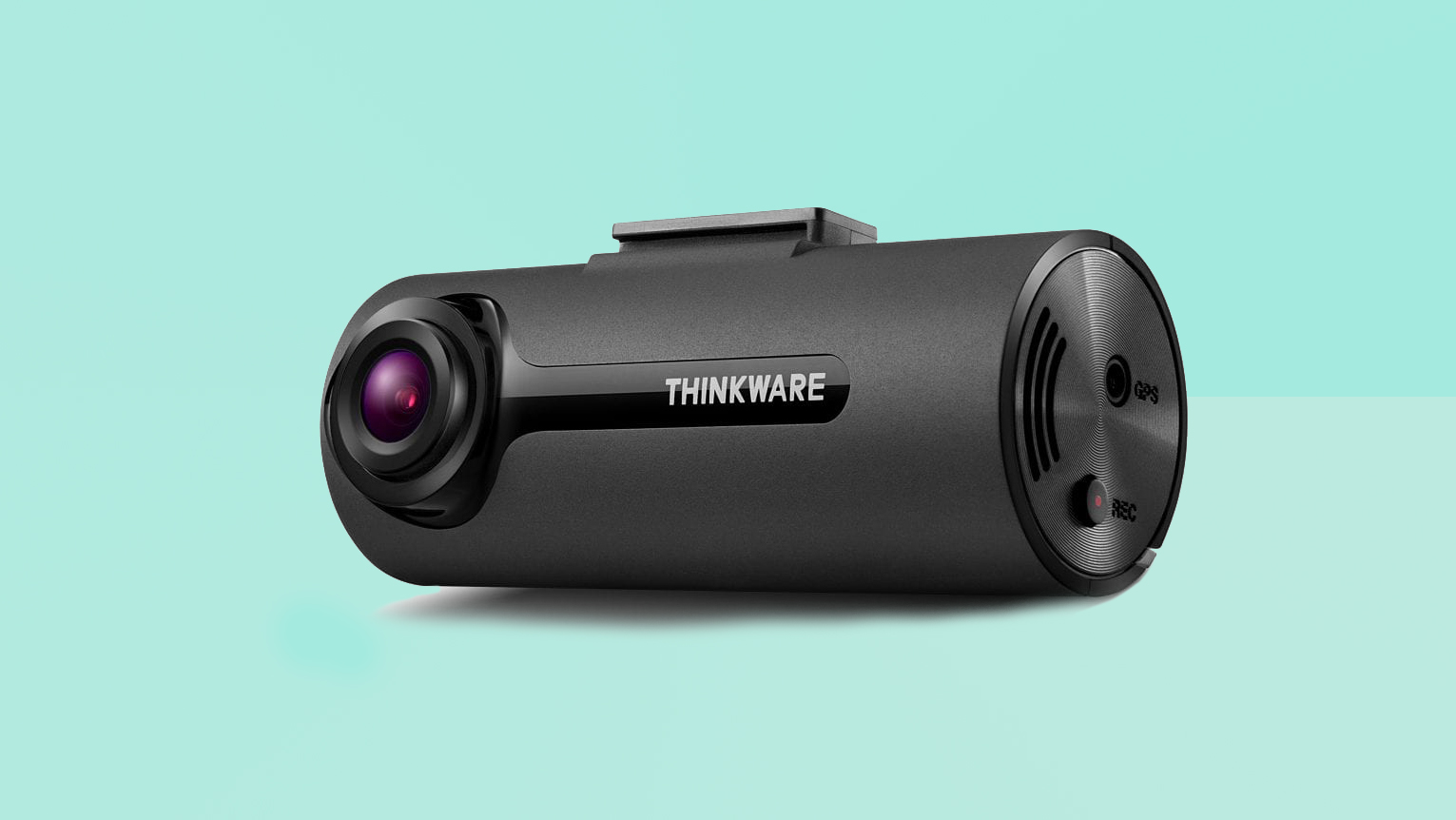
The Thinkware F70 is a strong option for drivers who want a good quality but compact and simple dash cam with Full HD video recording, but want to spend less than £100/$120.
-
+
Full HD video quality
-
+
Compact design
-
+
Simple to use
-
-
Cannot be powered by USB
-
-
Limited features
- -
Why you can trust T3

With most car manufacturers still not fitting forward-facing cameras of their own, the dash cam market is still thriving. They are often compact, affordable and simple to install, yet record HD footage of the road ahead, which could provide you with potentially crucial evidence in the event of a collision.
Thinkware is one of the world’s biggest dash cam manufacturers and produces a wide range of options spanning all budgets. Sat at the lower end of the scale is the Thinkware F70, which is compact, simple and affordable, but still includes the most important features like 1080p video and crash detection.
- These are the best dash cams
Thinkware F70 review: Video quality
The F70 records at 1080p resolution, also known as Full HD. This is adequate for most situations and means crucial details like car number plates can be seen clearly. The camera shoots through a wide-angle 140-degree lens, which means you get a good view of the road ahead and across the full width of your lane.
Some of today’s dash cams shoot at the higher QHD resolution, which is 1440p, or even Ultra HD, also known as 4K.
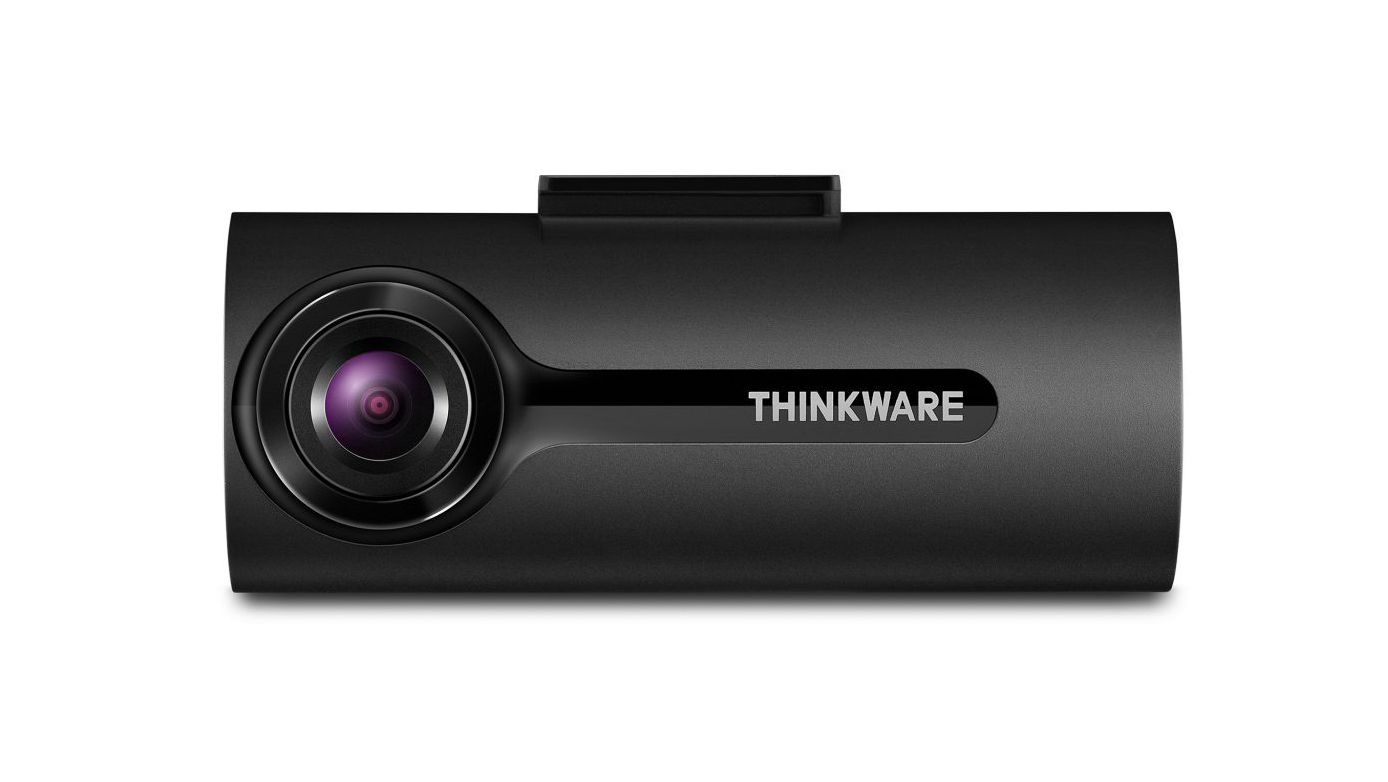
At this price - the Thinkware F70 is £80 / $100 - Full HD at a frame rate of 30 frames per second is perfectly acceptable.
Although there is no dedicated night vision mode using infrared light, the F70 adjusts its video settings at night to boost brightness and reduce noise. Exposure is also adjusted automatically to counter strong sunlight and dark tunnels alike.
Video can be recorded either continuously, automatically in the event of a collision, or manually with a press of the record button. Videos are split into 60-second chunks and arranged on the microSD card in chronological order, making it easy to find the footage you’re looking for.
As with most dash cams, the F70 also records audio, but this can be switched off. We imagine most buyers will opt to do this, as it can be uncomfortable knowing the camera is constantly recording your private conversations.
Thinkware F70 review: Design
The F70 is one of the smaller dash cams on sale today. Where some camera can be bulky and take up a lot of space, this one is almost invisible once installed in the top-middle of your windscreen. The cylinder design is quite smart and subtle, and the mounting system is easy to use. The camera measures 78 x 34.6 x 31.5mm and weighs 42.4g; it should fit behind the rearview mirror of most vehicles.
The mount fixes to your windscreen using strong 3M adhesive, while the camera slides onto the mount and clicks reassuringly into place. It’s fast and easy to remove and replace the camera, but we prefer to leave the camera in place when leaving the car. There is an argument that they should be hidden to prevent theft, but a camera of this size shouldn’t attract any unwanted attention.
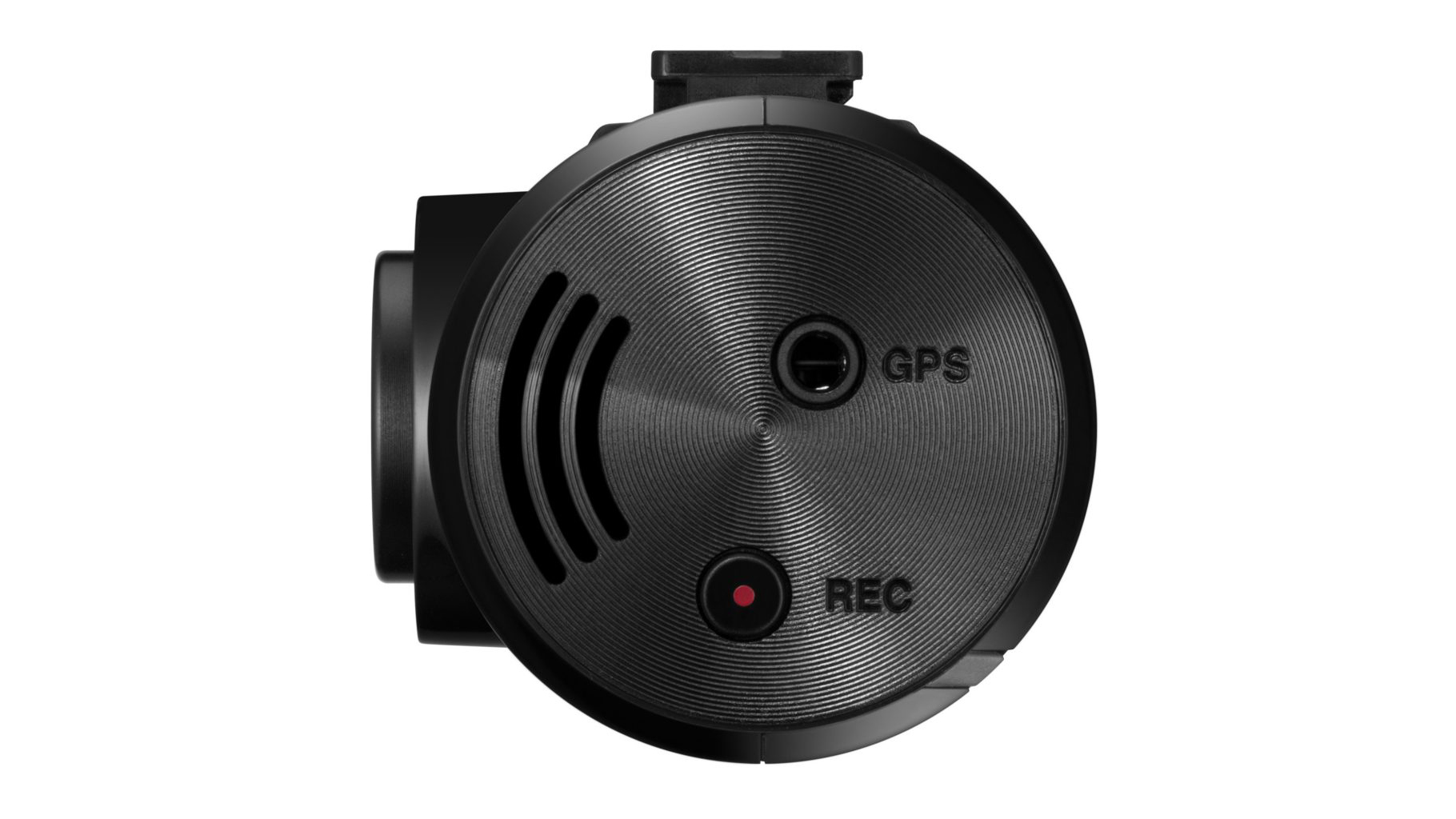
A DC power socket sits on top of the camera, from where the cable can be tucked behind the interior trim around your windscreen, then run around the edge of the windscreen and into the 12V socket. Alternatively, Thinkware offers a hardwiring kit, which gives the camera a permanent power supply from your car’s fuse box.
There’s a slot for the included 8GB microSD card on the bottom of the camera, where it is easily accessible, and on the far side (when facing forward) is a manual record button and a socket for the optional GPS module, which Thinkware sells separately. The record button’s location means it is out of sight for the driver of a right-hand-drive car, but it is easy to feel and press without looking, should you want to record footage manually.
Thinkware F70 review: Features
There isn’t a great deal to say here, and for many buyers that will be a good thing. There isn’t too much here to set up and configure, and there is less to distract the driver.
What the F70 does offer, is what Thinkware calls Front Vehicle Departure Warning, or FVDW. This monitors the vehicle in front when you are stationary, such as at a red light. If the vehicle ahead moves forward and you don’t, the camera will beep to let you know - handy if you’re not paying attention, and less embarrassing than being honked at by the car behind.
Next up is a low-energy parking mode. When you park up and leave the camera connected, it will switch to a mode that uses a third of the power of normal use, and only fires into life to record video when an impact is detected by the camera’s G-sensor.
Many dash cams offer a parking mode like this, and it’s a useful feature to have. Although it won’t capture events leading up to the impact, it will record straight after, potentially storing footage that could help you work out what happened, and capture the number plate of the guilty party.
Extra features are available, but only if you buy the optional GPS antenna and attach it to the F70. Doing so adds several location-aware features, like warning for red lights, speed cameras and average speed cameras. The GPS antenna costs £25, and also adds your precise location and speed to every video recording.
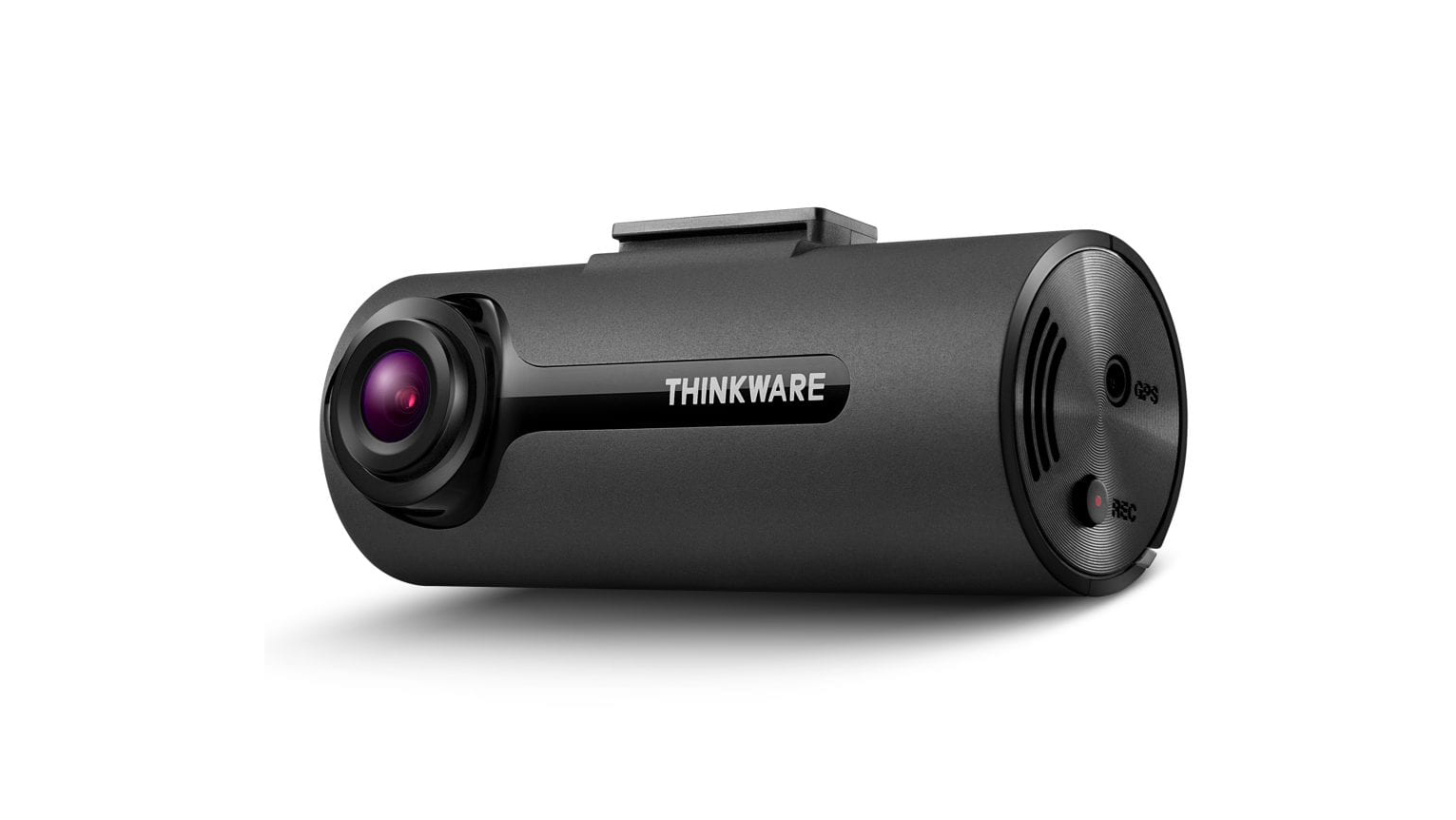
Thinkware F70 review: Software
The Thinkware F70 can be installed and used without any software at all, if you like. Most of the default settings, such as exposure and brightness, are perfectly acceptable, and all you really need to do is position the camera so it correctly captures the road ahead.
But, if you want to adjust any settings you’ll have to install Thinkware’s free application onto your computer, which can also be used to view footage (instead of viewing it in your computer’s file browser).
This is a bit of a pain when you just want to switch off audio recording, for example, or tweak the image brightness. But the benefit here is that the camera doesn’t have a display, so is smaller and less distracting than those that do. And, as with most dash cams, once you have gone through the effort of setting it up once, you never need touch it again - unless, of course, you need to retrieve the memory card and view footage on your computer.
Thinkware F70 review: Verdict
If you want a dash cam that can be completely hidden behind your rearview mirror, while recording perfectly acceptable HD video and costing around £80, the Thinkware F70 is a solid choice.
It lacks a display and more advanced features (especially if you don’t buy the option GPS antenna), but in doing so it becomes a simpler product that is unlikely to distract you.
In fact, if you opt to have the F70 hardwired into your car, it can be almost completely forgotten about; it will just quietly get on with its job, and politely beep if you’re not paying attention at the traffic lights.
Liked this?
Sign up to the T3 newsletter for smarter living straight to your inbox
Get all the latest news, reviews, deals and buying guides on gorgeous tech, home and active products from the T3 experts
Alistair is a freelance automotive and technology journalist. He has bylines on esteemed sites such as the BBC, Forbes, TechRadar, and of best of all, T3, where he covers topics ranging from classic cars and men's lifestyle, to smart home technology, phones, electric cars, autonomy, Swiss watches, and much more besides. He is an experienced journalist, writing news, features, interviews and product reviews. If that didn't make him busy enough, he is also the co-host of the AutoChat podcast.
-
 Polar’s new subscription feature lands in the shadow of Garmin’s Connect+ rollout
Polar’s new subscription feature lands in the shadow of Garmin’s Connect+ rolloutPR genius or timing disaster? Polar’s new Fitness Programme adds adaptive training to its ecosystem
By Matt Kollat Published
-
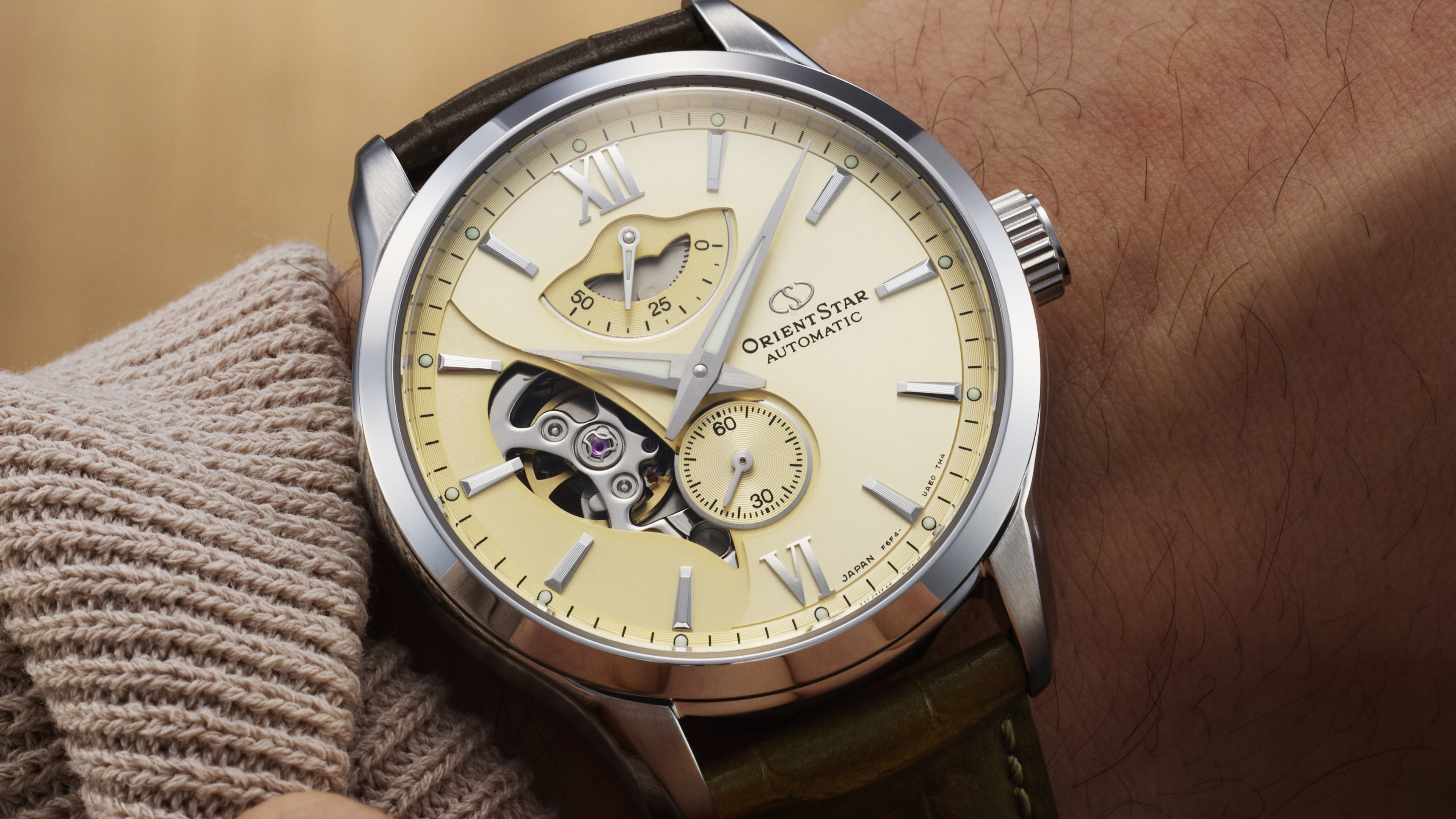 New Orient Star watches offer a glimpse of the magic within
New Orient Star watches offer a glimpse of the magic withinThere are two new skeleton pieces
By Sam Cross Published
-
 Netflix's most surprising 100%-rated sci-fi series returns with gorgeous trailer
Netflix's most surprising 100%-rated sci-fi series returns with gorgeous trailerLove Death + Robots is back for more
By Max Freeman-Mills Published